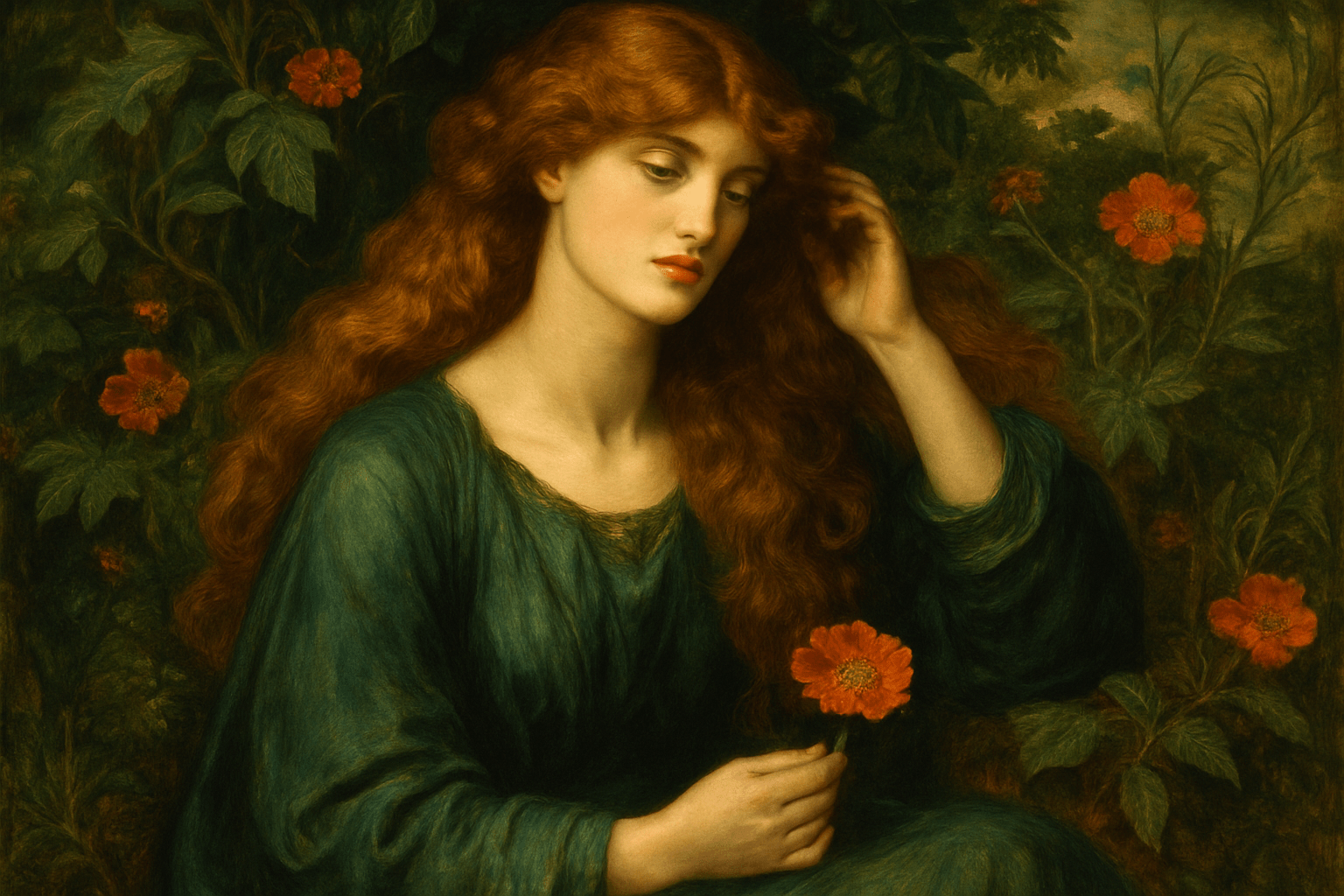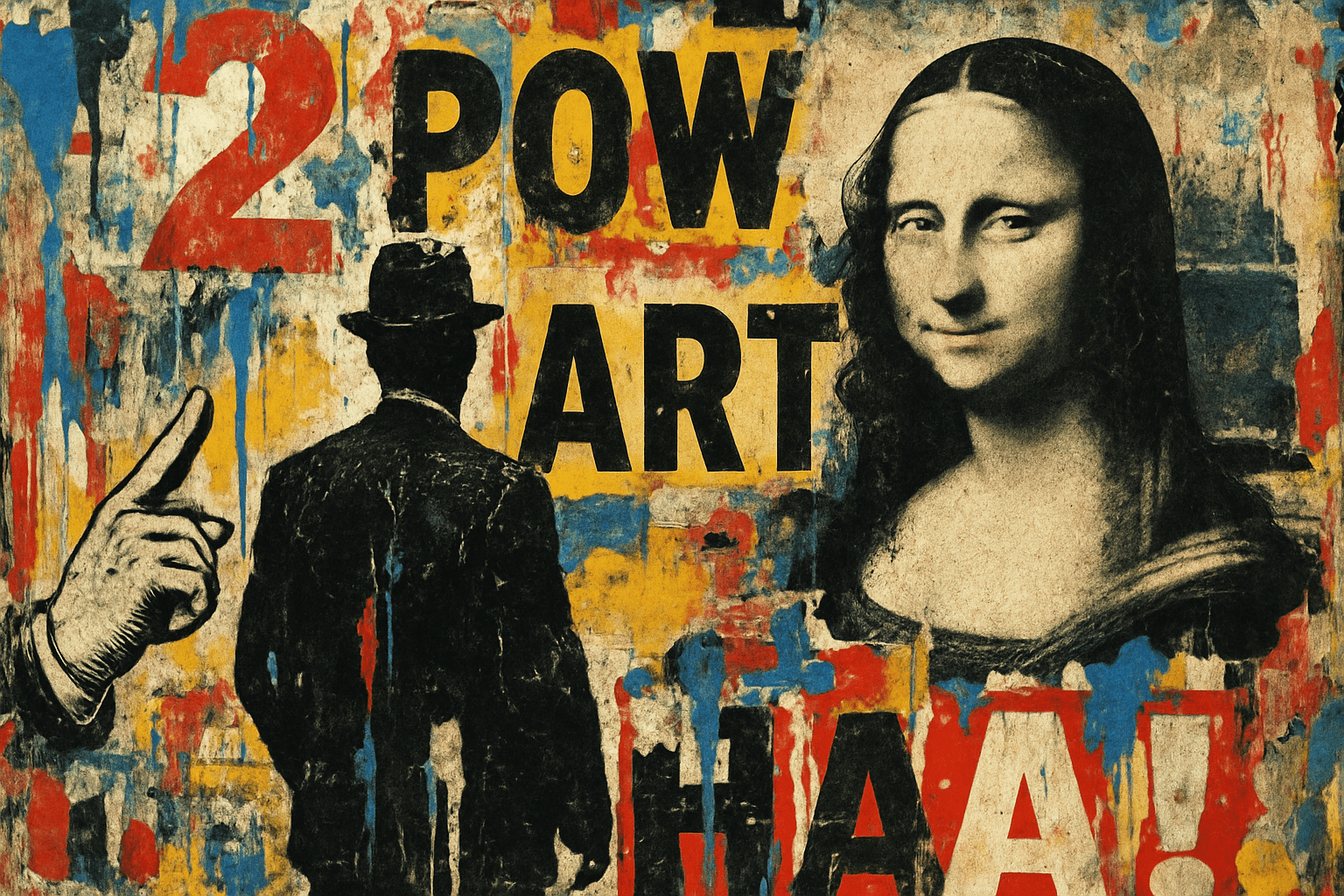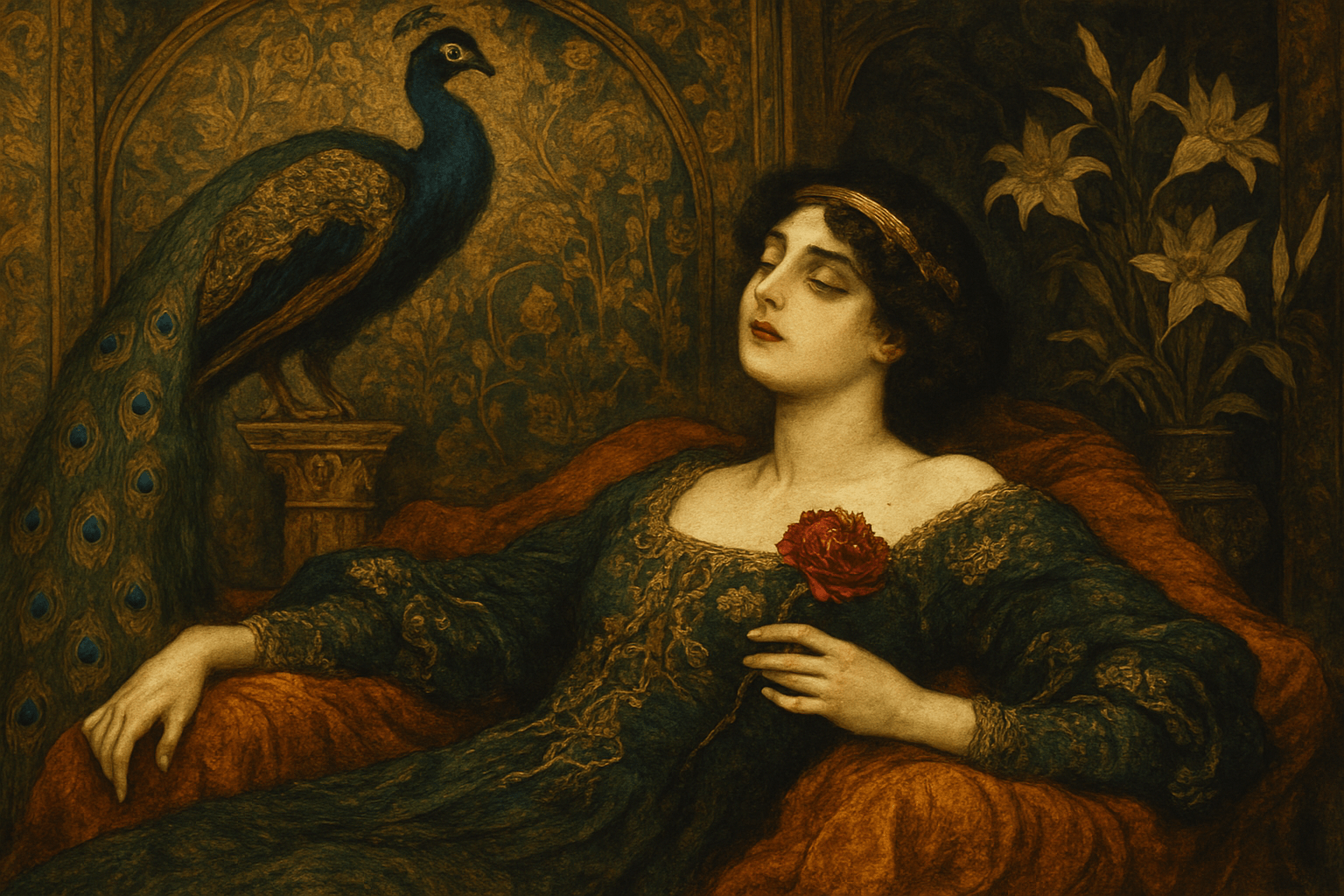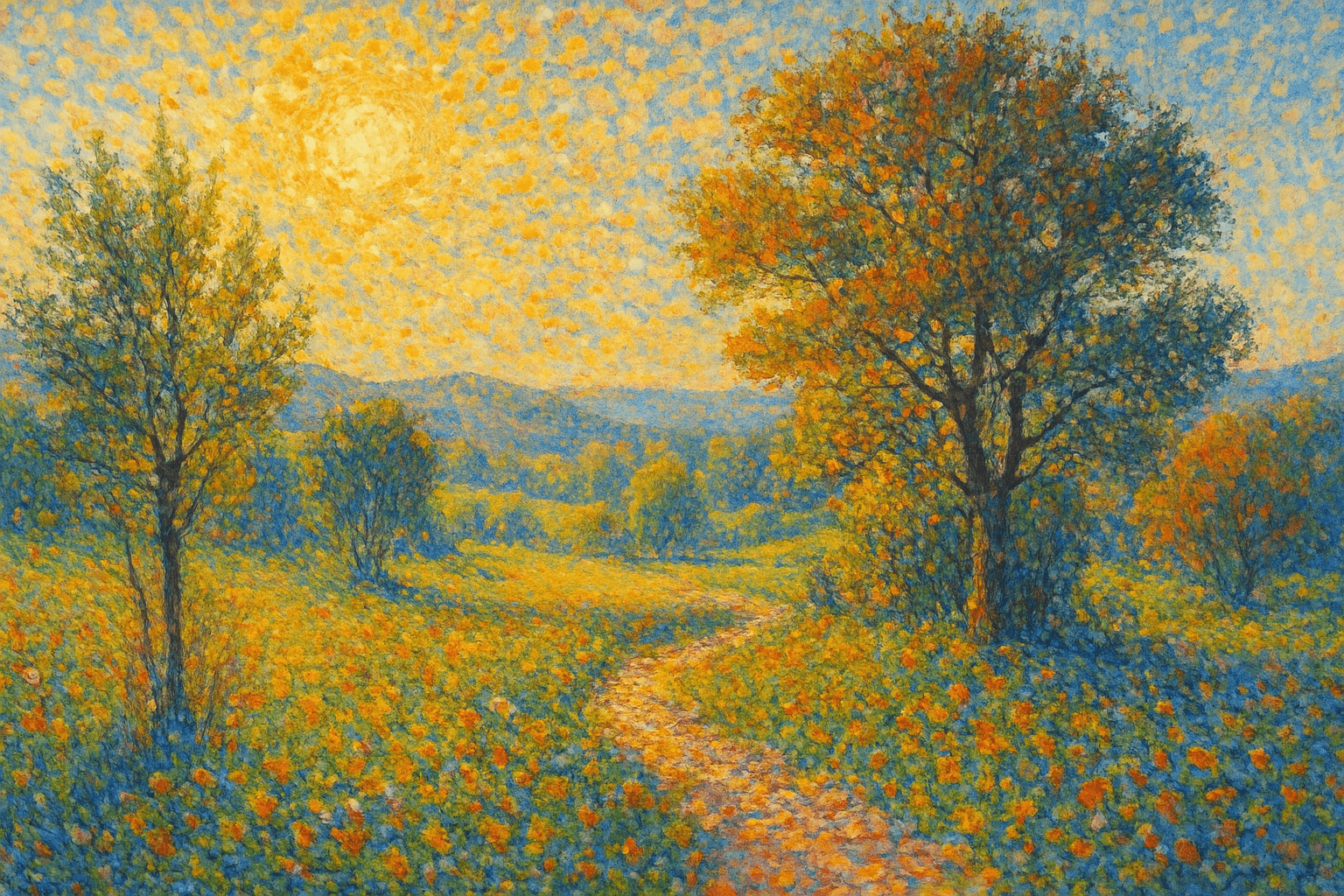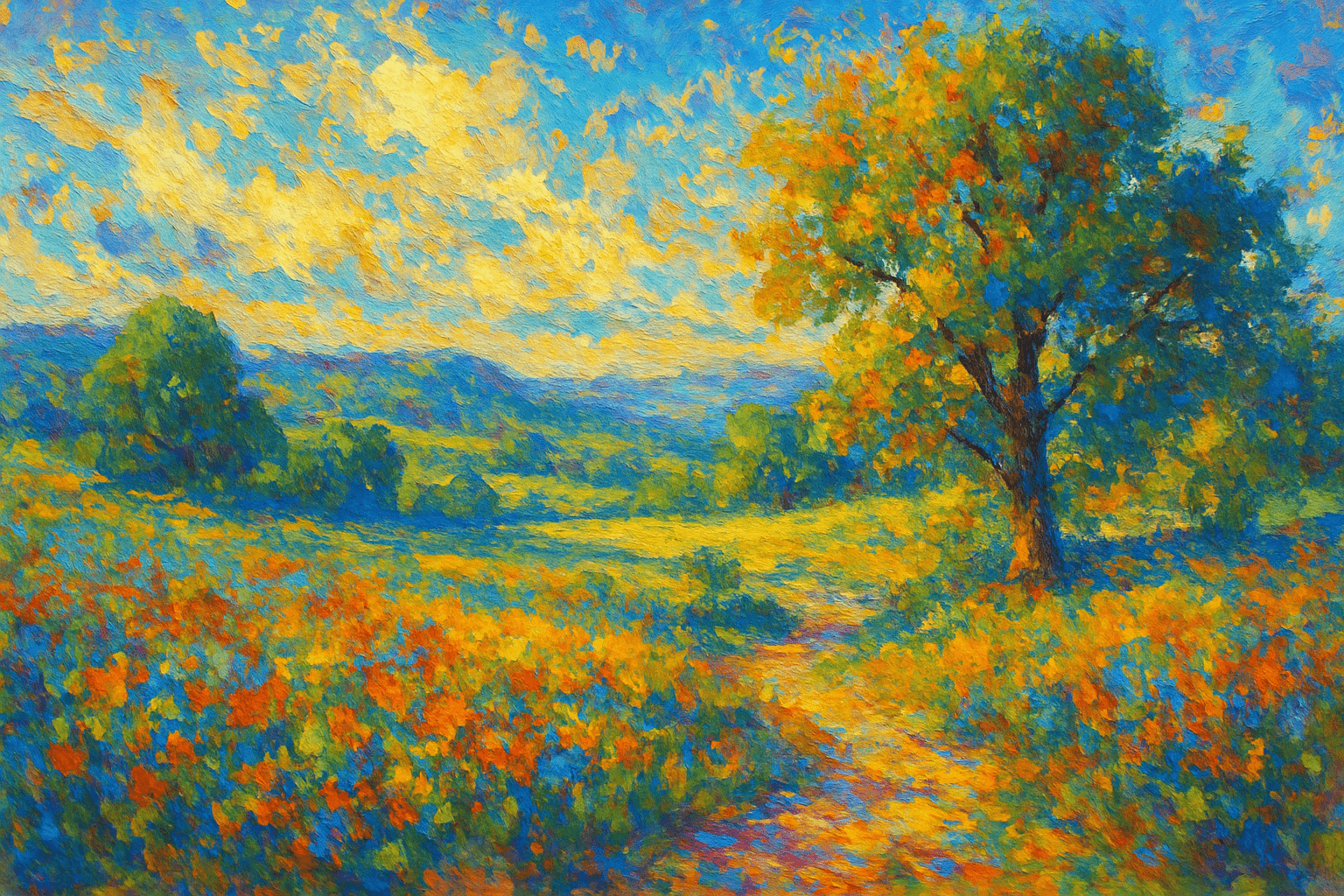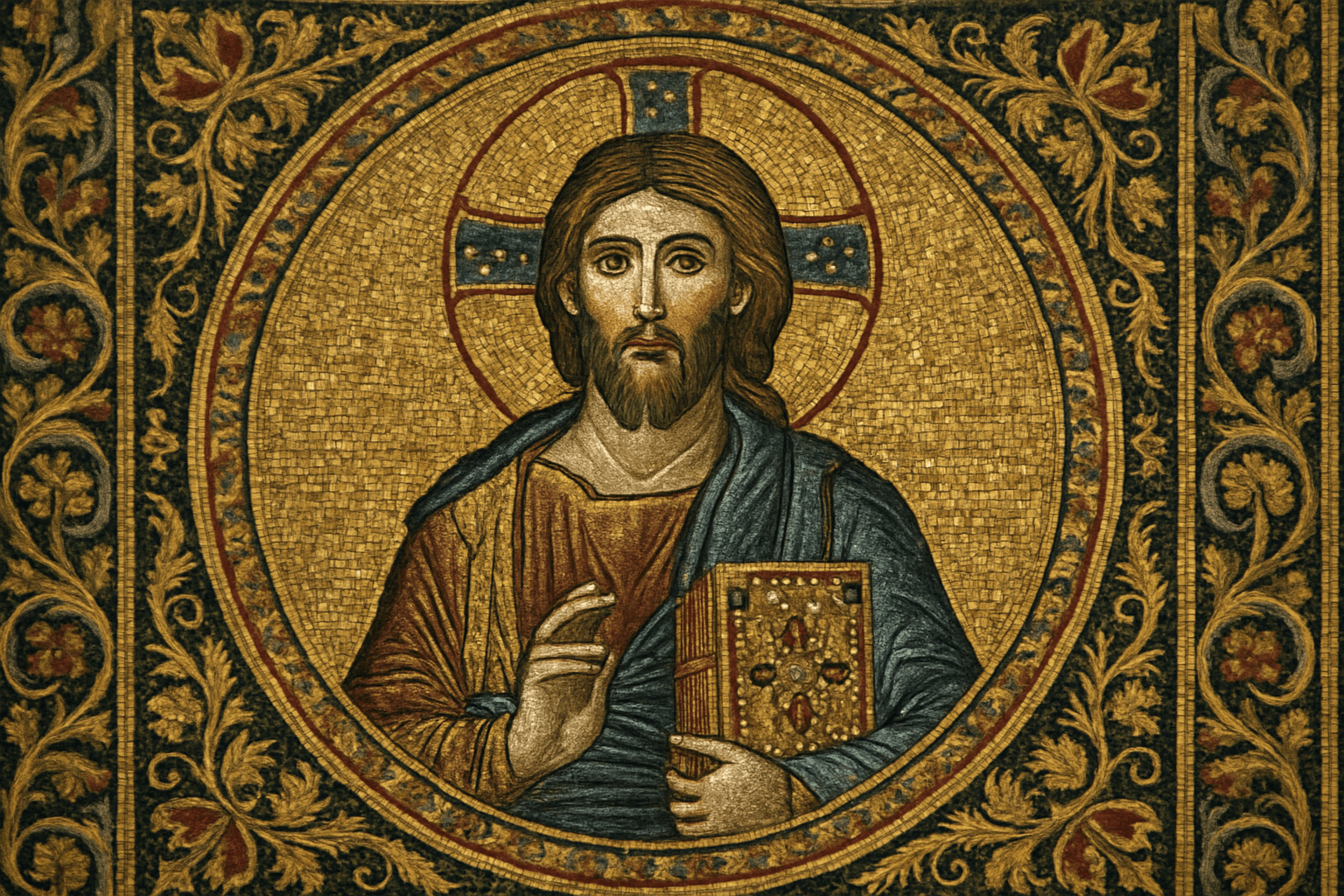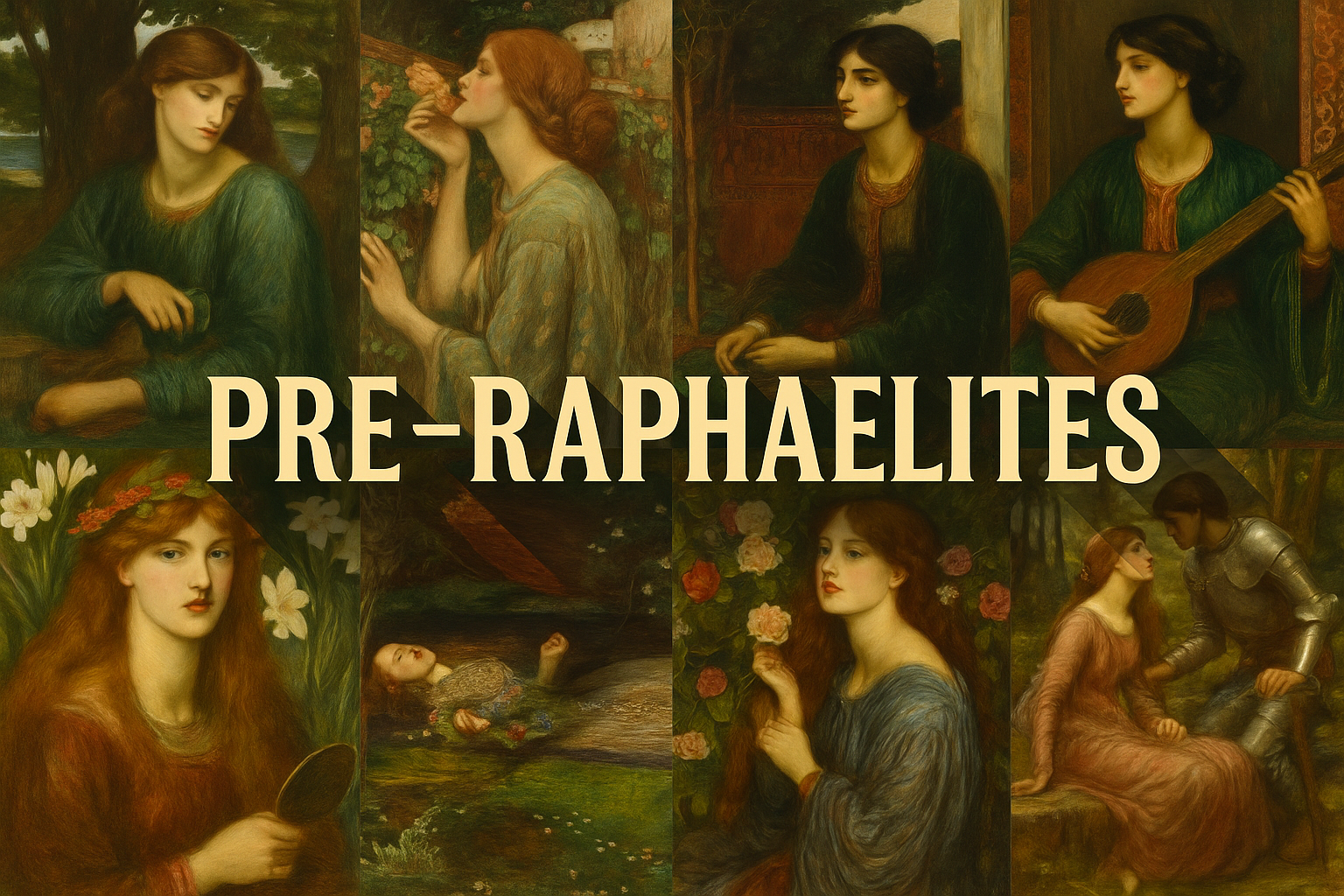
Pre-Raphaelites
The Pre-Raphaelites were a group of English painters, poets, and critics, founded in 1848 by Dante Gabriel Rossetti, John Everett Millais, and William Holman Hunt. The group’s intention was to reform art by rejecting what they considered the mechanistic approach first adopted by the Mannerist artists who succeeded Raphael and Michelangelo. They believed that the exaggerated sensuality of Raphael’s later works represented an excess of materialism, and they sought to convey spiritual messages through honest and detailed depictions of nature. As a result, the Pre-Raphaelites focused on painting subjects from medieval, religious, and literary texts, often in a highly detailed style.
AOI thinking about Pre-Raphaelites [+_~]-/
Overview and Quickfacts
Pre-Raphaelites were a group of English painters, poets, and critics, founded in 1848 by Dante Gabriel Rossetti, John Everett Millais, William Holman Hunt, and James Collinson. They were later joined by Edward Burne-Jones, William Morris, and others. The Pre-Raphaelites sought to return to the purity of art before the influence of Raphael, whom they considered to be the “corrupting” force of the Renaissance. They believed that the Renaissance had been a time of great artistic decline, and that art should instead emulate the simplicity and sincerity of the art of the Middle Ages. The Pre-Raphaelites were known for their detailed, often highly romanticized depictions of nature and their use of bright colors.
Can understand it also, as:
Pre-Raphaelites, Pre-Raphaelitism
Categorize it as:
Impressionism, Modernism
.: Dreaming :.
holds a HAIKU for the art style
:. Thought is power .:
Detailed Description
Pre-Raphaelites The Pre-Raphaelites were a group of English painters, poets, and critics, founded in 1848 by Dante Gabriel Rossetti, John Everett Millais, William Holman Hunt, and James Collinson. The group’s intention was to reform art by rejecting what they considered the mechanistic approach first adopted by the Mannerist artists who succeeded Raphael and Michelangelo. They believed that the recent invention of photography had the potential to provide an objective record of the natural world that could be used to inform and improve upon art. As such, they eschewed the elaborate historical and mythological subjects favoured by the established academic art of the day, and instead chose to portray modern life, and particularly modern love. The Pre-Raphaelites developed a distinctive style featuring rich, intense colours and often eccentric imagery. The best-known work of the group is Millais’s Ophelia (1851ÃÂÃÂ52), which depicts the drowning Ophelia from Shakespeare’s play Hamlet. However, they also produced many other significant works, including Rossetti’s The Girlhood of Mary Virgin (1849) and Hunt’s The Light of the World (1853). The Pre-Raphaelites were also influenced by John Ruskin, an English writer who championed truth to nature and denounced the industrial world. Ruskin’s ideas about art and its relationship to society had a profound impact on the young artists, who often quoted him in their writings. The Pre-Raphaelite Brotherhood was short-lived, lasting only until 1853, but the influence of its members continued to be felt in the later generations of British artists.
.. beep, beep, beep ..
<START OF TRANSMISSION>
1. The Pre-Raphaelite Brotherhood (also known as the PRB) was founded in 1848 by a group of young British artists who were dissatisfied with the state of art in Britain. 2. The name "Pre-Raphaelite" refers to the Italian artist Raphael, who was considered the epitome of the Renaissance artist. The PRB artists felt that Raphael and other Renaissance artists had lost sight of the true nature of art, which should be about the accurate representation of the world around us. 3. The PRB artists sought to return to the simplicity and naturalism of earlier art, before the Renaissance artists began to idealize their subjects. 4. One of the main goals of the PRB was to make art more accessible to the general public. They believed that art should be about the beauty of the everyday world, rather than the grandiose and idealized visions of the Renaissance. 5. The PRB had a strong influence on the art of the late 19th and early 20th centuries. Many artists who came after them, such as the Impressionists and post-Impressionists, were influenced by the PRB's ideas about art. 6. The PRB was founded by a group of seven artists: John Everett Millais, Dante Gabriel Rossetti, William Holman Hunt, James Collinson, Frederic George Stephens, Thomas Woolner, and John William Inchbold. 7. Millais and Rossetti were the two most prominent members of the PRB, and their work came to define the group's aesthetic. 8. The PRB was initially met with criticism from the art establishment, who accused the group of being backward-looking and reactionary. 9. The group's first exhibition, held in 1849, was met with mixed reviews. Some critics praised the PRB's work, while others derided it. 10. Despite the criticism, the PRB continued to produce and exhibit their work. They also gained a number of supporters, including the poet and critic John Ruskin. 11. The PRB had a significant impact on British art, helping to revive interest in painting from nature and in realism. 12. The group's ideas also spread to other countries, and had a particularly strong influence on the development of art in the United States. 13. The PRB was active for only a few years, and disbanded in 1853. 14. Millais and Rossetti went on to have successful careers as individual artists, while Hunt and Woolner both emigrated to Australia. 15. Despite its short lifespan, the PRB had a lasting impact on the course of art history. 16. The PRB is often seen as the first avant-garde art movement in Britain. 17. The group's ideas about art continue to be influential, and their work is highly regarded by many modern critics. 18. The PRB's legacy can be seen in the work of many contemporary artists, who continue to explore and experiment with the group's ideas. 19. The PRB's work is held in many major museums around the world, and their paintings continue to be popular with art lovers. 20. The PRB was a groundbreaking and influential group of artists whose work helped to shape the course of art history.
<EOF>
.. robbel bob
Visual Examples from our image gallery
Coming soon, we are so slow .. might never come
Artists, Paintings, and more
(be aware, can be highly speculative)
Artists (be aware, speculation possible):
1. William Holman Hunt (1827-1910) 2. John Everett Millais (1829-1896) 3. Dante Gabriel Rossetti (1828-1882) 4. Edward Burne-Jones (1833-1898) 5. John William Waterhouse (1849-1917) 6. Lawrence Alma-Tadema (1836-1912) 7. Frederic Leighton (1830-1896) 8. Arthur Hughes (1832-1915) 9. Evelyn De Morgan (1855-1919) 10. George Frederic Watts (1817-1904) 11. Edward Robert Hughes (1851-1914) 12. William Morris (1834-1896) 13. Ford Madox Brown (1821-1893) 14. Christina Rossetti (1830-1894) 15. Marie Spartali Stillman (1844-1927) 16. George Henry Boughton (1833-1905) 17. John Roddam Spencer Stanhope (1829-1908) 18. Edward Poynter (1836-1919) 19. William Bell Scott (1811-1890) 20. John Singer Sargent (1856-1925) 21. James Collinson (1825-1881) 22. Dante Gabriel Rossetti (1828-1882) 23. William Michael Rossetti (1829-1919) 24. Christina Georgina Rossetti (1830-1894) 25. Maria Francesca Rossetti (1827-1876) 26. Gabriele Rossetti (1783-1854) 27. Francesco Gabriele Rossetti (1783-1854) 28. Francesco Rossetti (1808-1889) 29. Laura Rossetti (1850-1914) 30. Helen Rossetti Angeli (1849-1914)
Artworks (be aware, speculation possible)
1. Ophelia, John Everett Millais, 1851 2. The Girlhood of Mary Virgin, Edward Burne-Jones, 1857 3. Mariana, John Everett Millais, 1851 4. Isabella and the Pot of Basil, John Everett Millais, 1868 5. Proserpine, Dante Gabriel Rossetti, 1874 6. The Blessed Damozel, Dante Gabriel Rossetti, 1871-2 7. Beata Beatrix, Dante Gabriel Rossetti, 1871-2 8. The Annunciation, Edward Burne-Jones, 1864-5 9. The Adoration of the Magi, Edward Burne-Jones, 1887 10. The Scapegoat, William Holman Hunt, 1854-5 11. The Light of the World, William Holman Hunt, 1851-3 12. The Awakening Conscience, William Holman Hunt, 1853 13. The Hireling Shepherd, William Holman Hunt, 1851 14. The Lady of Shalott, John William Waterhouse, 1888 15. Ophelia, John William Waterhouse, 1905 16. La Belle Dame Sans Merci, John William Waterhouse, 1894 17. The Lady of Shalott Looking at Lancelot, John William Waterhouse, 1915 18. The Eve of St. Agnes, John William Waterhouse, 1900 19. Sir Lancelot and Queen Guinevere, John William Waterhouse, 1888 20. The Love Philtre, John William Waterhouse, 1909 21. Ariadne, John William Waterhouse, 1898 22. Psyche Entering Cupid’s Garden, John William Waterhouse, 1905 23. The Mermaid, John William Waterhouse, 1901 24. Gather Ye Rosebuds While Ye May, John William Waterhouse, 1908 25. The Soul of the Rose, John William Waterhouse, 1916 26. A Naiad, John William Waterhouse, 1900 27. Undine, John William Waterhouse, 1900 28. Hylas and the Nymphs, John William Waterhouse, 1896 29. Echo and Narcissus, John William Waterhouse, 1903 30. The Sorceress, John William Waterhouse, 1911
Epoch
The Pre-Raphaelite art style emerged in the mid-19th century and continued into the early 20th century.
AI ART RESSOURCES (AKA, well Tools)
Helping tools -> predefined search links on other pages:
